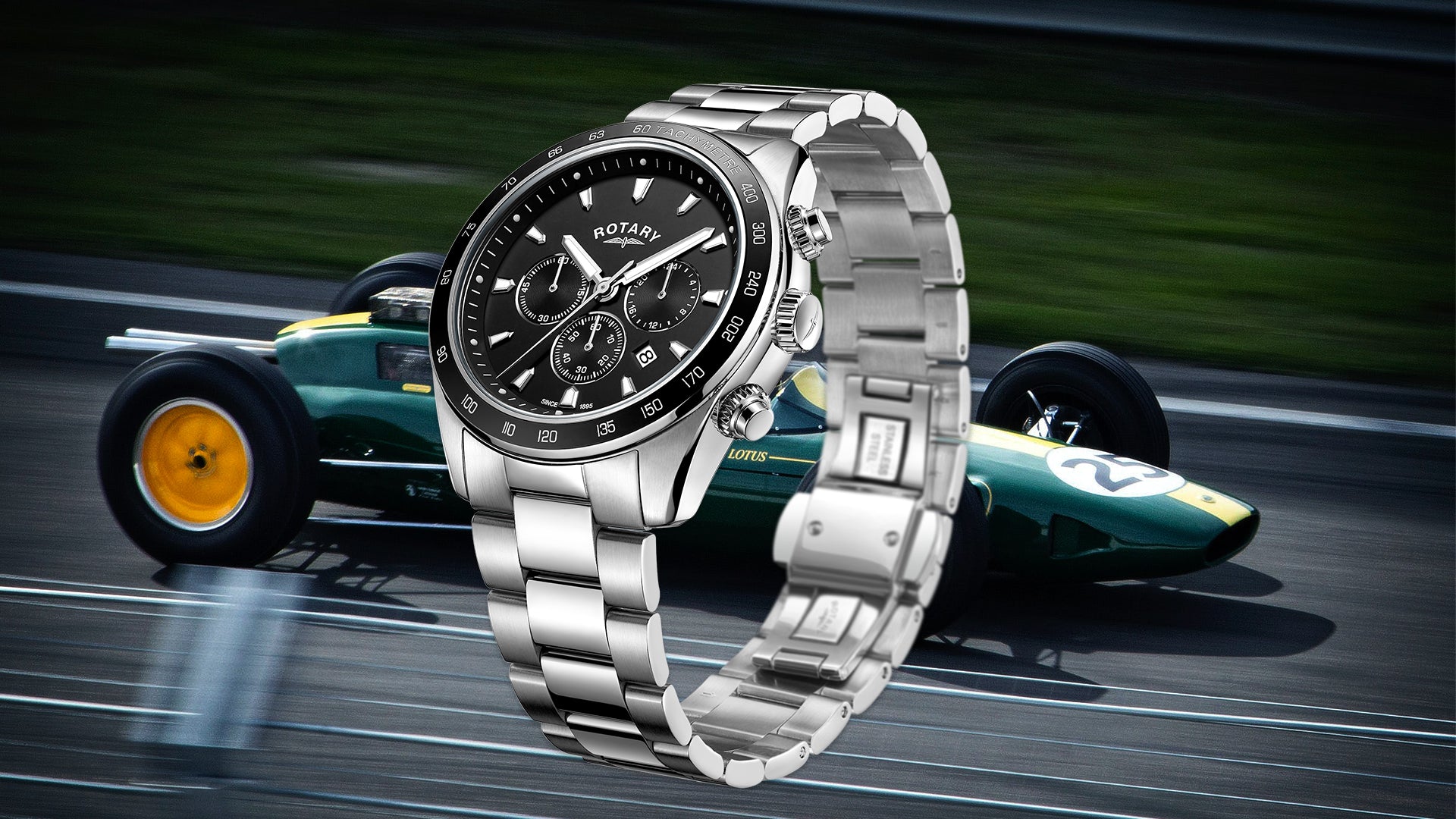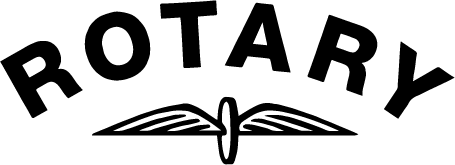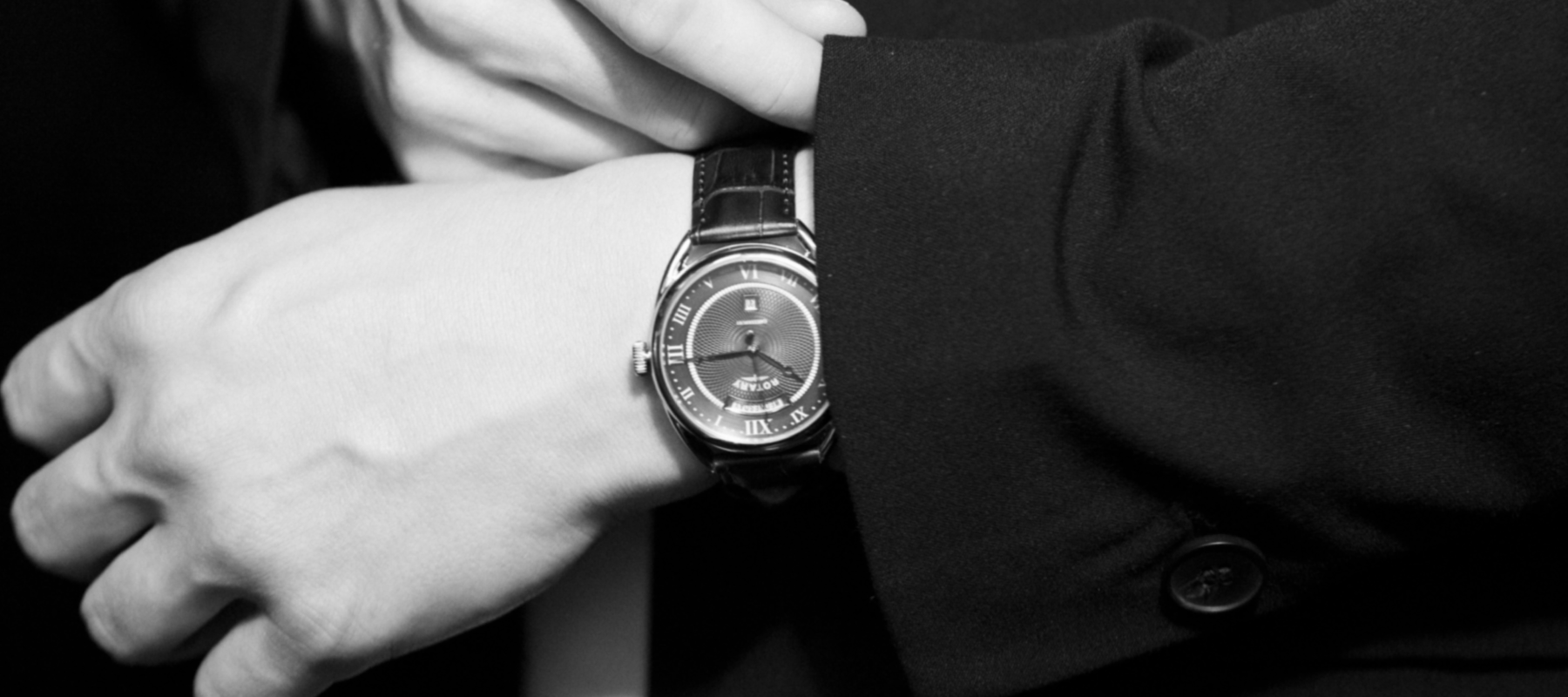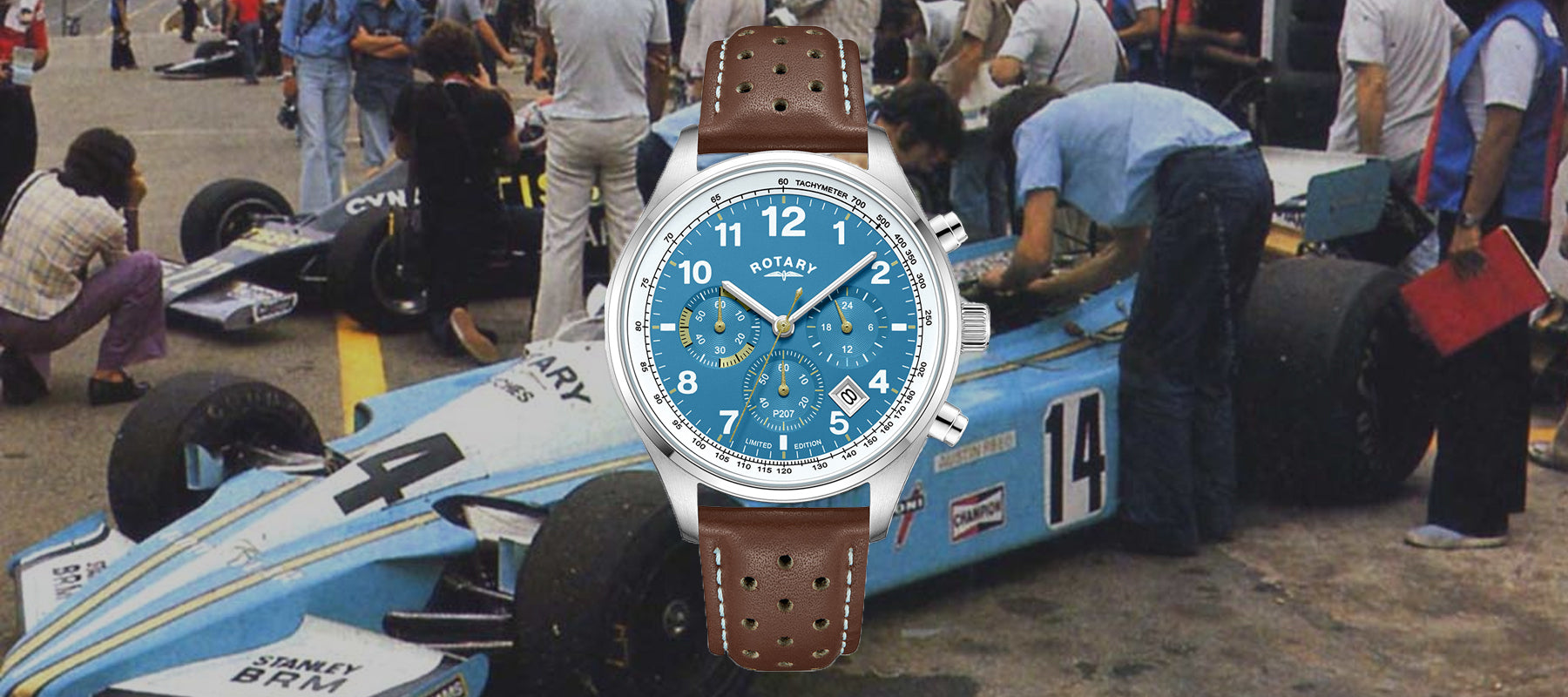
Mastering the Art of Reading Speed with a Tachymeter
Understanding the Tachymeter Scale
Before we delve into the art of reading speed with a tachymeter, let's first understand what a tachymeter scale is and where you can typically find it.
A tachymeter is a scale used to measure speed based on time and distance. It is often found on the outer edge of a watch's bezel or sometimes on the watch dial itself. The scale is marked with numbers, usually starting from 400 and going down to 60. Each number on the scale represents a unit of speed, such as kilometres per hour (kph) or miles per hour (mph), depending on your watch's design and the standard it uses.
How to Read Speed with a Tachymeter
 Now that you know what a tachymeter scale is, let's learn how to use it to read speed. Here are the steps:
Now that you know what a tachymeter scale is, let's learn how to use it to read speed. Here are the steps:
- Choose a Known Distance: To use the tachymeter scale, you need to be aware of a known distance over which you will be measuring speed. This could be the length of a one-kilometre stretch of road, a mile, or any other known distance. Let's say we're using a one-kilometre distance for our example.
- Start Timing: Begin timing an event, such as a car's journey over that one-kilometre distance. As soon as the car crosses the starting point, start your chronograph with the top pusher to record the time it takes for the car to reach the endpoint.
- Stop Timing: When the car reaches the endpoint (in this case, one kilometre), stop the timing. Note down the elapsed time on your chronograph.
- Read the Tachymeter Scale: Look at your watch's tachymeter scale, and you'll see the speed the car was travelling at. To read it, locate the point on the scale where the second hand of your watch points when you stopped timing. The corresponding number on the tachymeter scale will represent the speed in units per hour. For example, if the second hand points to 160 on the tachymeter scale, it means the car was travelling at 160 kph (or mph, depending on the scale used).
It's essential to keep in mind that tachymeters are typically designed for measuring speeds within a specific range. Most tachymeters on watches are calibrated for speeds between 60 and 400 units (kph or mph). If the speed falls outside this range, the tachymeter won't provide an accurate reading.
Practice Makes Perfect
Reading speed with a tachymeter may seem a bit challenging at first, but like any skill, it becomes more comfortable with practice. As you become more familiar with your watch and the tachymeter scale, you'll be able to calculate speed quickly and accurately. It's a fascinating feature that adds both functionality and charm to your timepiece.
Conclusion
The tachymeter scale is a versatile tool that can help you calculate speed based on time and distance. Whether you're an automotive enthusiast, a pilot, or simply someone who appreciates the beauty of watchmaking, understanding how to read speed with a tachymeter adds a new dimension to your timekeeping experience. So, the next time you find yourself in a situation where you need to measure speed on the fly, remember the steps outlined in this blog, and you'll be well on your way to becoming a tachymeter pro.


